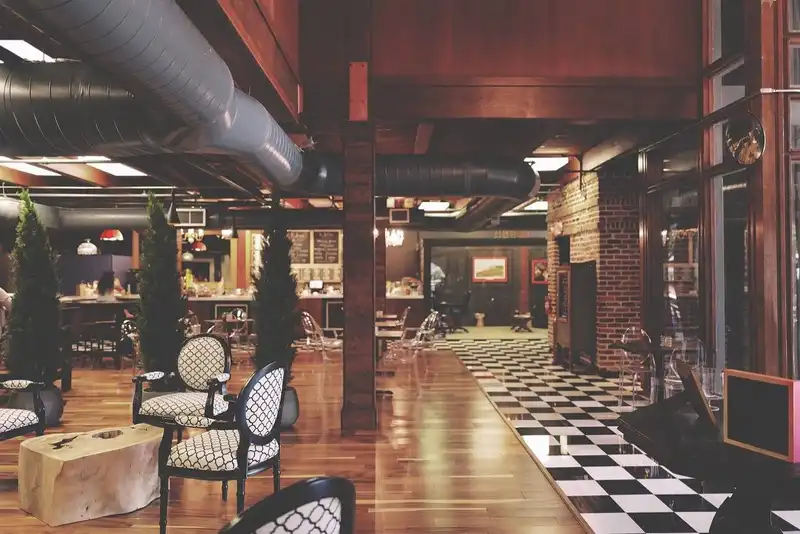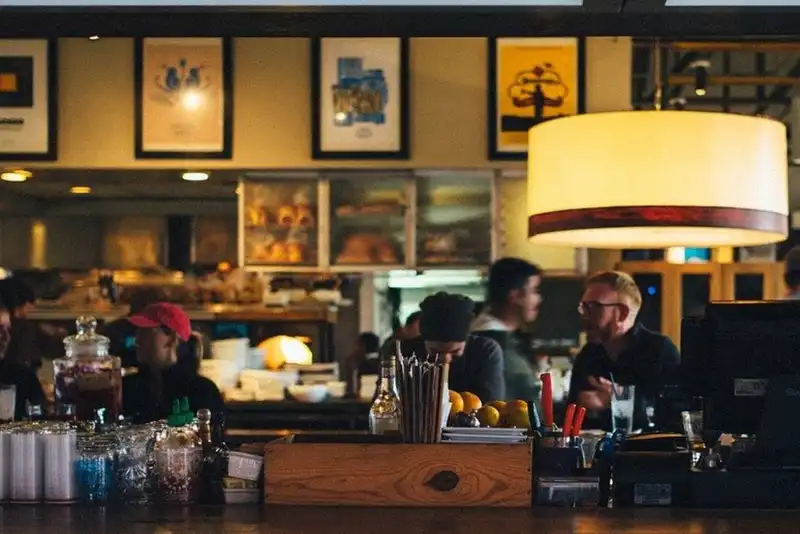Five Ways That Restaurants Improve The Bottom Line

What Is The Bottom Line?

The bottom line is a reference to the company's earnings. When the bottom line is referenced, it is pointing to a net operating income figure located on the financial statement of the company.
When the term of bottom line is used, it's in regard to actions taken that have increased or decreased net earnings. Reducing costs is often referred to as "improving the bottom line." In order to make improvements to the bottom line, many companies will focus on increasing revenue or cutting costs.
Understanding the bottom line
Restaurant management can create strategies in an attempt to increase the bottom line through top line revenue. There are a number of ways in which this can be accomplished. Improving or expanding the product line and increasing product pricing can be methods to increase the bottom line.
Reducing expenses is another way to increase the bottom line. Using different materials or ingredients that lower production cost is one method. Decreasing staff hours or working with a different supplier can also increase the bottom line.
Key Takeaways:
What Are The Best Methods for The Bottom Line?
Having a healthy bottom line is necessary to keep a restaurant successful in a competitive marketplace. Here are five ways to maintain a positive bottom line and improve it.
1. Recipe cost and menu pricing
The menu and dishes served are the main source of revenue for most restaurants. Managing recipe costs and menu prices are both keys to having a successful bottom line. Having a proper profit margin in regards to the menu, is essential to restaurant survival. If that one part of the equation is not profitable, nothing else can fill the void.
Breaking down the cost per plate on each menu item will creative a definitive bottom line to follow. Look over current menu costs to discover the percentage being sold. The food cost can be adjusted once these numbers are known and it's an important process to a healthy bottom line.
2. Over-portioning menu items
Over portions and over pours in the bar can be big revenue losses in a restaurant. When over portioning continues it can add up significantly and eat into profit. This can also become a problem with consistency of the dish. A customer might expect a certain portion and get something totally different.
One way to cut down on over-portioning is to have standardized recipes in place for all dishes. Staff should be trained on the menu and know the exact portions that should be served.
3. Inventory management and wasted ingredients
Food and beverage still maintain some of the highest costs in restaurant ownership and they continue to rise. Having accurate inventory management will cut down on waste and loss. When the inventory isn't efficient it can cause problems that impact profitability.
Too much inventory is as bad as running out of stock. Product needs to be ordered in a timely manner so that it doesn't spoil on the shelf. Technological advances have made managing inventory much easier. With certain software it takes the guesswork out of product purchasing. Maintaining consistent inventory will help keep the bottom line healthy.
4. Outdated operating systems
Outdated operating systems can wreak havoc on managing budgets, inventory, or staff scheduling and pay. Modern day systems now optimize many different tasks from one POS. Having this type of technology activated will maximize efficiency across all aspects of restaurant management.
Digital inventory tracking, automatic re-ordering, online order acceptance, reservation management, scheduling software, and more are some of the business operations that can be streamlined through modern tech.
5. Increasing costs
Food and liquor continue to rise in price due to costs changes within the supply chain. These fluctuating prices will have a direct affect on any bottom line. The result is higher menu prices to compensate for the loss or revenue.
However, if menu prices are raised it can price a restaurant right out of business. Customers used to a certain level of service will take their business elsewhere which in turn lowers sales.
Rather than raising prices, work within the current menu to adjust. Provide new items at lower prices as key items have prices raised slightly. This will offset the shock of extreme menu prices and will be better for a restaurant's bottom line.
Conclusion to The Bottom Line

- A bottom line is the net income of a company presented on an income statement towards the bottom.
- Management often creates strategies to increase the bottom line of the business through different sources of revenue or decreased expenses.